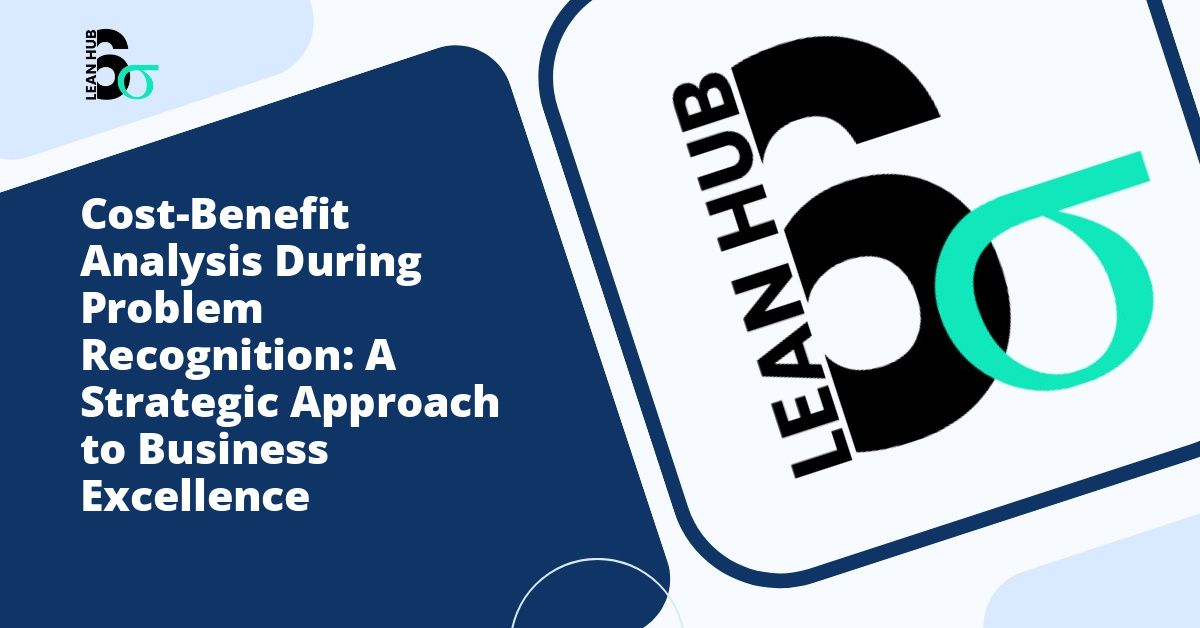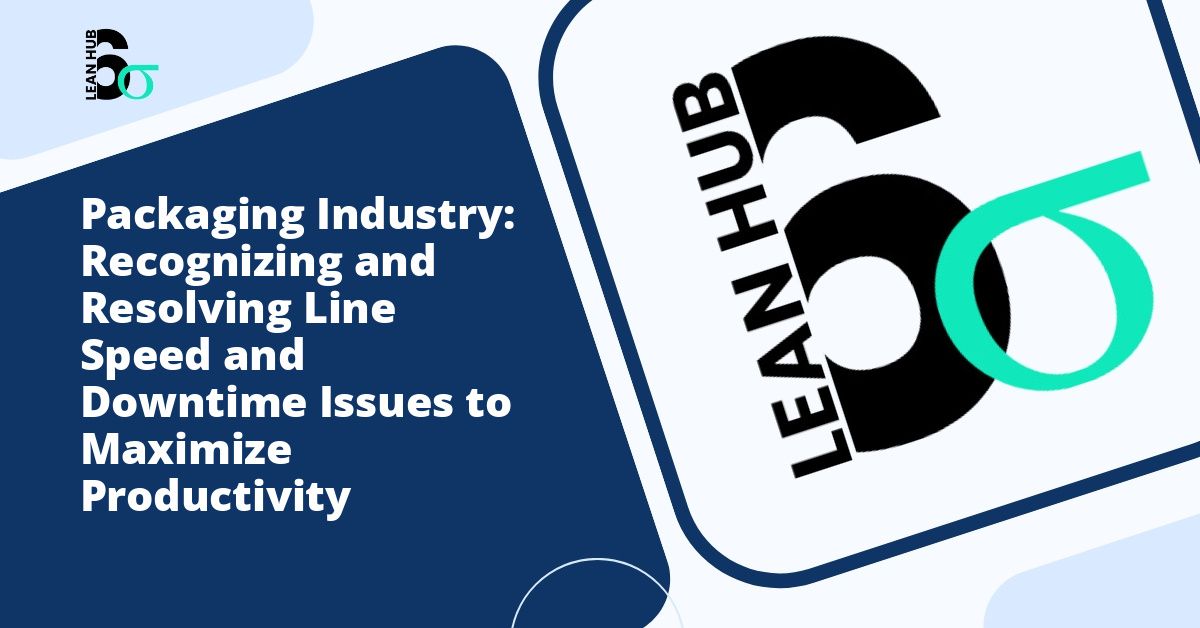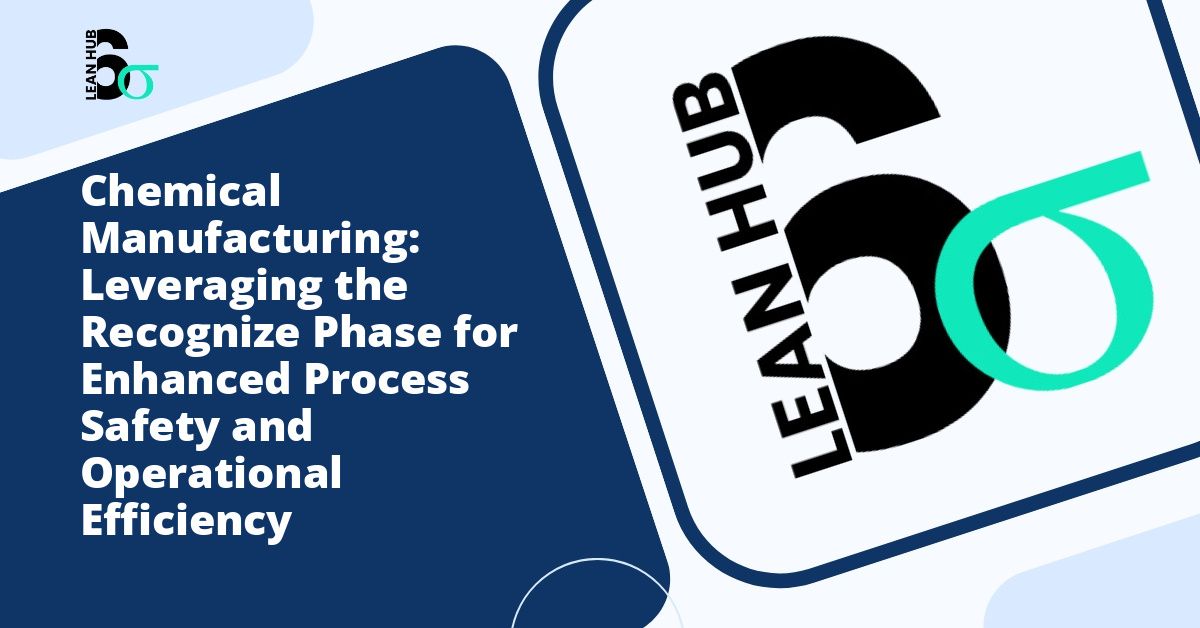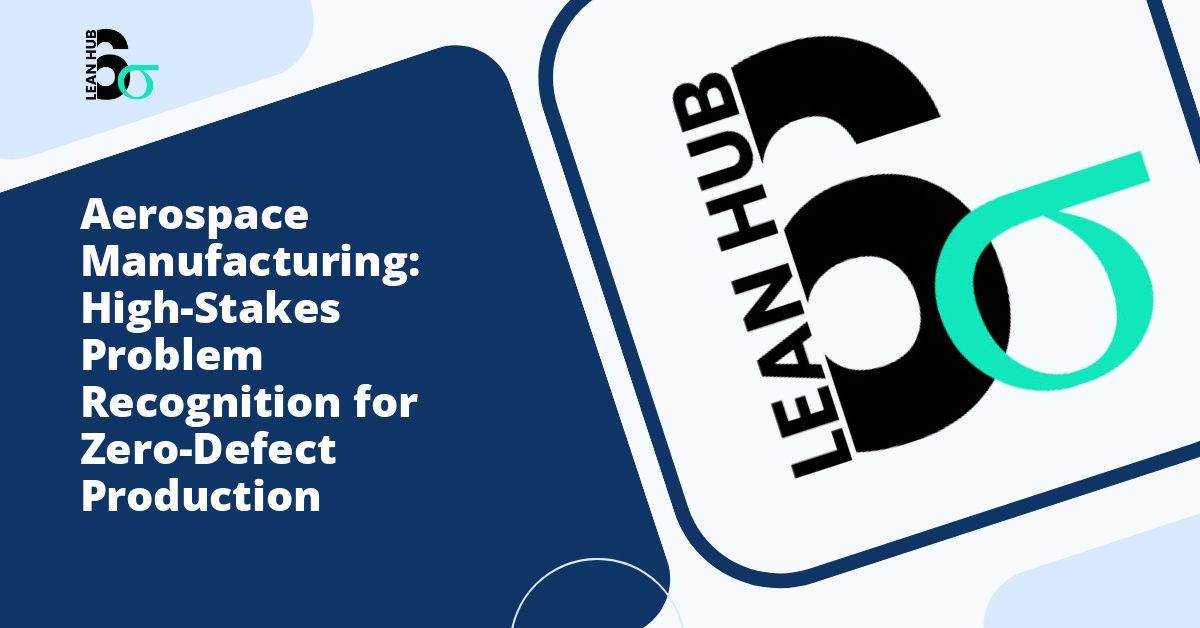In today’s competitive business environment, organizations must make informed decisions about which problems to tackle and which opportunities to pursue. The process of problem recognition serves as the foundation for successful business improvement initiatives, and conducting a thorough cost-benefit analysis during this critical phase can mean the difference between productive change and wasted resources.
Understanding Problem Recognition in Business Context
Problem recognition represents the initial stage where organizations identify gaps between their current state and desired outcomes. This fundamental step requires careful consideration, as not every problem warrants immediate attention or resource allocation. Leaders and managers must evaluate potential issues through multiple lenses, considering both the tangible and intangible impacts on their organizations. You might also enjoy reading about Manufacturing Excellence: Using the Recognize Phase to Reduce Defects and Improve Quality.
The recognize phase in business improvement methodologies serves as a critical checkpoint where teams identify opportunities for enhancement, operational inefficiencies, or emerging challenges that could impact organizational performance. During this phase, decision-makers gather information, analyze patterns, and determine whether a particular issue merits further investigation and resource commitment. You might also enjoy reading about Lean Six Sigma Recognize Phase: Balancing Quick Wins with Long-Term Transformation.
The Role of Cost-Benefit Analysis in Early Problem Recognition
Cost-benefit analysis during problem recognition acts as a filtering mechanism that helps organizations prioritize their efforts effectively. This analytical approach involves systematically comparing the expected costs of addressing a problem against the anticipated benefits of solving it. By conducting this analysis early in the process, organizations can avoid investing time and resources into problems that offer minimal return on investment. You might also enjoy reading about The Champion's Role in the Recognize Phase: Your Complete Guide to Lean Six Sigma Success.
The primary objective of implementing cost-benefit analysis during the recognize phase is to establish a rational basis for decision-making. This approach transforms subjective opinions into data-driven insights, enabling leadership teams to allocate resources strategically and focus on initiatives that deliver maximum value to the organization.
Key Components of Cost-Benefit Analysis in Problem Recognition
Identifying Direct and Indirect Costs
When evaluating a potential problem or improvement opportunity, organizations must consider both direct and indirect costs associated with addressing the issue. Direct costs include tangible expenses such as labor hours, materials, technology investments, and consulting fees. These costs are typically straightforward to quantify and track throughout the project lifecycle.
Indirect costs present a more complex challenge, as they encompass less visible expenses such as opportunity costs, employee time diverted from other activities, temporary productivity losses during implementation, and potential disruptions to existing workflows. Failing to account for these indirect costs can lead to significant underestimation of the true investment required to address a problem.
Quantifying Expected Benefits
The benefits side of the equation requires equally careful consideration. Organizations should identify both tangible and intangible benefits that may result from solving the identified problem. Tangible benefits might include increased revenue, reduced operational costs, improved production efficiency, decreased waste, or lower error rates. These metrics can typically be measured and expressed in monetary terms.
Intangible benefits, while harder to quantify, often provide substantial value to organizations. These may include improved customer satisfaction, enhanced employee morale, stronger brand reputation, increased market competitiveness, or better regulatory compliance. While these benefits may not immediately translate to dollar amounts, they contribute significantly to long-term organizational success.
Integrating Lean Six Sigma Principles in Problem Recognition
The lean six sigma methodology provides a structured framework for problem recognition and resolution that naturally incorporates cost-benefit thinking. This proven approach combines lean manufacturing principles with Six Sigma’s data-driven methodology to eliminate waste and reduce variation in business processes.
Within the lean six sigma framework, the recognize phase aligns closely with the Define phase of the DMAIC (Define, Measure, Analyze, Improve, Control) methodology. During this stage, practitioners identify potential improvement opportunities, assess their impact on organizational goals, and determine which projects deserve priority attention based on their expected return on investment.
The lean six sigma approach emphasizes the importance of selecting projects that align with strategic business objectives while delivering measurable results. By applying rigorous cost-benefit analysis during problem recognition, organizations can ensure that their lean six sigma initiatives focus on high-impact opportunities that justify the investment of resources and effort.
Practical Steps for Conducting Cost-Benefit Analysis During Problem Recognition
Step 1: Define the Problem Clearly
Begin by articulating the problem or opportunity in specific, measurable terms. Vague problem statements lead to imprecise cost-benefit analyses. A well-defined problem statement should describe the current situation, the desired future state, and the gap between them.
Step 2: Gather Relevant Data
Collect quantitative and qualitative data related to the problem. This information may come from various sources including operational metrics, financial reports, customer feedback, employee surveys, and industry benchmarks. The quality of your cost-benefit analysis depends heavily on the accuracy and completeness of your data.
Step 3: Calculate Total Costs
Develop a comprehensive cost estimate that includes all direct and indirect expenses associated with addressing the problem. Consider implementation costs, ongoing maintenance expenses, training requirements, and potential risks or contingencies. Use conservative estimates to avoid underestimating the true investment required.
Step 4: Estimate Expected Benefits
Project the potential benefits that solving the problem could deliver over a defined time period. Where possible, express these benefits in monetary terms to facilitate direct comparison with costs. For intangible benefits, develop proxy metrics or qualitative descriptions that capture their value to the organization.
Step 5: Perform the Analysis
Compare the total estimated costs against the expected benefits using appropriate financial metrics such as return on investment (ROI), net present value (NPV), or payback period. These calculations provide objective measures that help stakeholders understand the potential value of pursuing the initiative.
Step 6: Consider Time Horizons and Risk Factors
Evaluate when costs will be incurred and when benefits will materialize. Some problems require upfront investment with benefits realized over extended periods. Additionally, assess risk factors that could impact either costs or benefits, and factor these uncertainties into your analysis.
Common Pitfalls to Avoid
Several common mistakes can undermine the effectiveness of cost-benefit analysis during problem recognition. Organizations should avoid analysis paralysis, where excessive data gathering delays decision-making unnecessarily. While thorough analysis is important, perfect information is rarely available, and timely decisions often provide more value than perfectly analyzed ones.
Another frequent error involves overlooking stakeholder perspectives. Different groups within an organization may experience costs and benefits differently. A comprehensive cost-benefit analysis considers these varied perspectives to ensure that decisions account for impacts across the entire organization.
Additionally, organizations sometimes fall into the trap of anchoring too heavily on initial estimates without revisiting assumptions as new information becomes available. Cost-benefit analysis should be viewed as an iterative process that evolves as understanding of the problem deepens.
Making the Decision: Moving Forward or Setting Aside
The ultimate purpose of conducting cost-benefit analysis during problem recognition is to make informed decisions about resource allocation. When analysis reveals that expected benefits significantly outweigh anticipated costs, and the initiative aligns with strategic objectives, organizations can confidently commit resources to addressing the problem.
Conversely, when costs exceed benefits or the return on investment falls below acceptable thresholds, organizations may decide to defer action, seek alternative solutions, or focus resources on more promising opportunities. This disciplined approach to problem selection ensures that improvement efforts deliver maximum value to the organization.
Conclusion
Cost-benefit analysis during problem recognition represents a critical capability for organizations seeking to optimize their improvement efforts and resource allocation. By systematically evaluating the costs and benefits of addressing identified problems, leaders can make informed decisions that drive meaningful business results.
The integration of cost-benefit thinking within frameworks like lean six sigma strengthens the recognize phase, ensuring that improvement initiatives focus on high-value opportunities that justify investment. As organizations face increasingly complex challenges and limited resources, the ability to conduct rigorous cost-benefit analysis during problem recognition becomes not just an advantage, but a necessity for sustained competitive success.
By following structured approaches to cost-benefit analysis, avoiding common pitfalls, and maintaining focus on strategic objectives, organizations can transform problem recognition from a reactive process into a proactive strategic capability that drives continuous improvement and long-term value creation.








